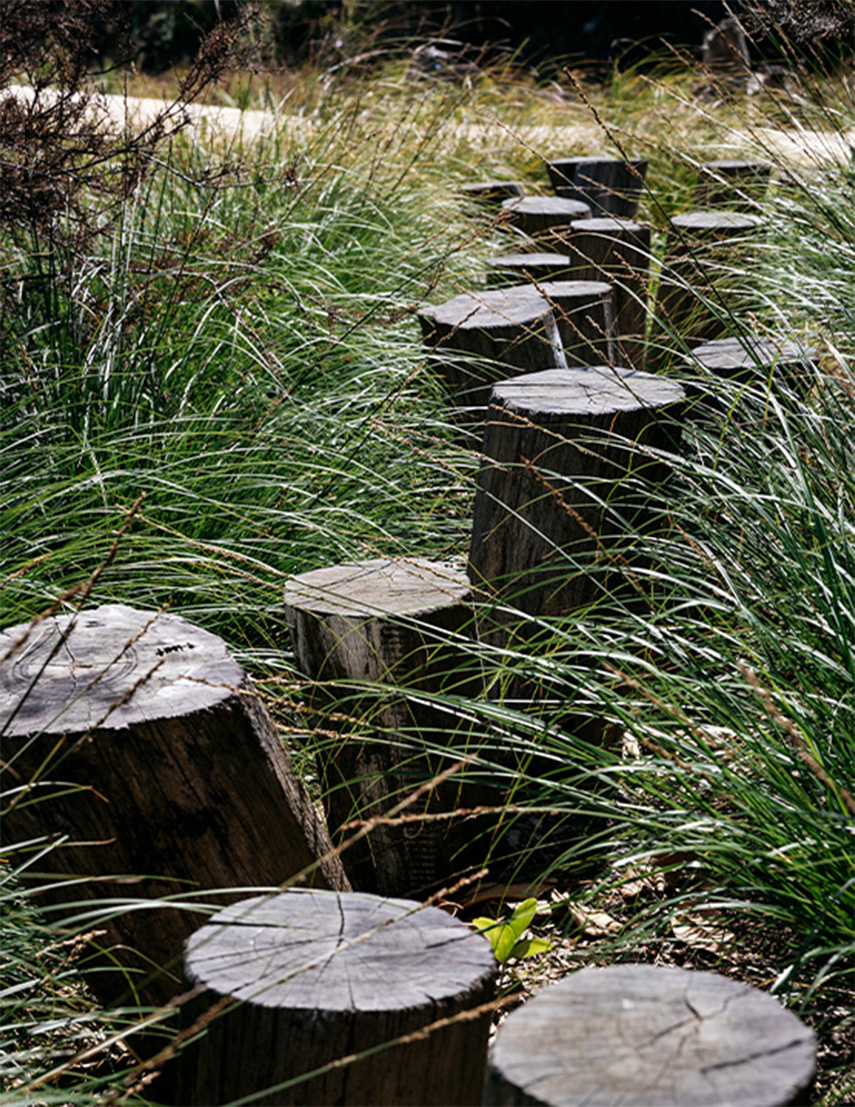A first-of-its-kind playspace for Auckland, based on traditional Maori games and play artefacts.
Te Māra Hūpara playground is part of the Te Auaunga/Oakley Creek stream restoration project in Mount Roskill, Auckland. This natural playspace offers children a unique and imaginative experience, while also reinforcing the wider values of Te Auaunga to restore the wairua of the adjacent Walmsley and Underwood Reserves.
The project began as a stormwater control program. But it soon became apparent there was an opportunity to create a park along this regionally significant watercourse that would truly enhance the area and the community.
There are several schools and early childhood centres in the area; and community surveys showed a strong desire for dedicated play areas within the reserve. Boffa Miskell initially met with local schools to identify opportunities for the schools to participate. During the course of discussion, students were invited to think about ‘nature’ and the ‘outdoors’ and how they like to play in these environments. The children’s responses to nature included the joy of climbing trees, stepping on stones in the river, adventuring, exploring, and building huts.





